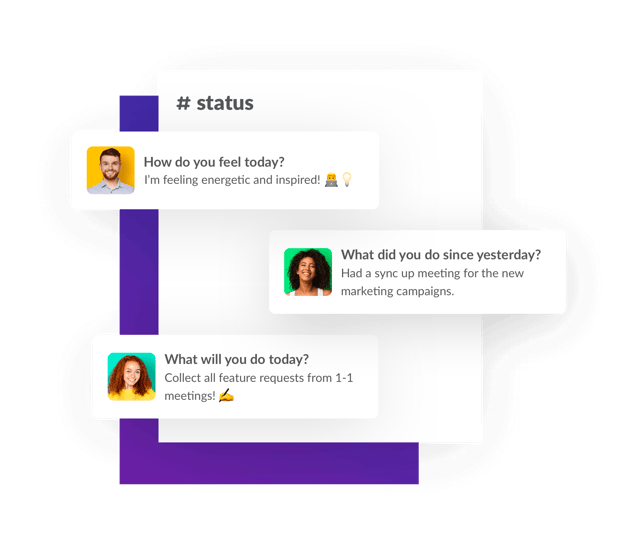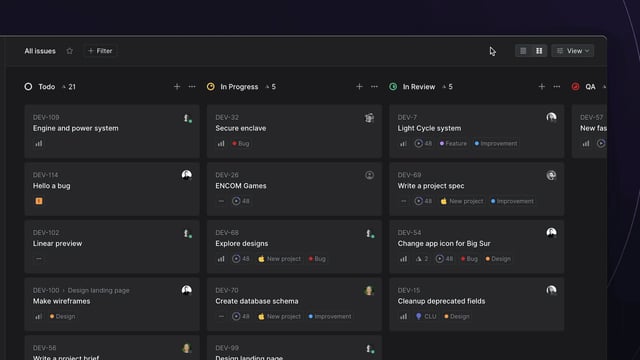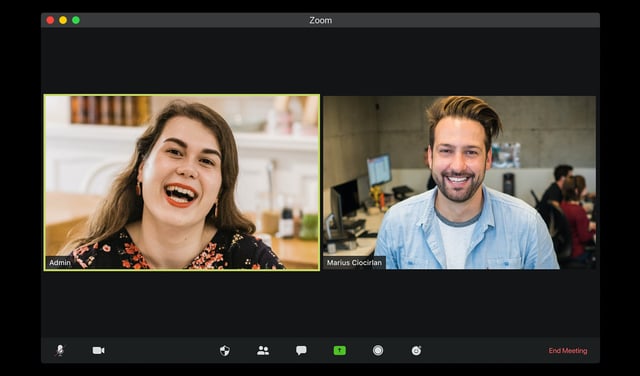How to Keep Up With Remote Employees Without Micromanaging
Discover proven strategies to maintain visibility and stay connected with your remote team without micromanaging. Learn best practices for tracking progress, fostering transparency, and building trust in distributed workplaces.
The Remote Visibility Challenge
79% of employees are more productive working remotely, yet 42% of managers forget about remote workers when assigning tasks. How do you stay informed without micromanaging?
Not with monitoring software—54% of employees will quit over excessive monitoring. Build systems creating natural visibility while preserving trust.
Why Traditional Management Fails
In-office managers relied on ambient awareness—overhearing conversations, noticing collaboration, catching blockers. Remote work strips these signals, leaving bad options:
- Constant check-ins interrupting deep work
- Monitoring software breeding resentment
- Flying blind until crises hit
Remote teams need structured transparency, not surveillance.
The Proximity Bias
Remote employees get promoted 15% less often despite being 15% more productive. Visibility requires intentional effort.
Employees “perform” work—posting in Slack, documenting everything, appearing constantly available. This drains productivity.
Smart managers build systems naturally surfacing progress.
Build Visibility Without Micromanaging
1. Define Outcomes, Not Activity
Measure results, not hours. Focus on:
- Deliverables with clear deadlines
- Quality standards defining “done”
- Impact metrics tied to business goals
Trust your team to deliver. Set expectations, document procedures, step back.
2. Async Status Updates

Daily/weekly async standups give visibility without meetings. Geekbot, Range, or Slack workflows let teams share: accomplishments, next work, blockers.
Written updates create searchable records and respect schedules—no forcing timezones.
3. Centralize in Transparent Tools
Use collaborative platforms where progress is naturally visible:
- Project management: Asana, Linear, Jira, Monday.com
- Documentation: Notion, Confluence, Google Docs
- Code: GitHub, GitLab, Bitbucket
- Design: Figma

Single source of truth. Everyone updates the same system.
4. Automate Visibility
Modern platforms aggregate data automatically. Windmill connects tools like GitHub, Asana, Jira, Salesforce, then generates weekly recaps showing what each member accomplished. Data-backed summaries—no manual reporting.
Respects time. Employees work in normal tools, managers get visibility.
5. Structured 1-on-1s

Don’t waste 1-on-1s asking “what are you working on?” Use 30 minutes for:
- Career development
- Removing blockers
- Feedback
- Relationship building
Come prepared. Windmill’s 1-on-1 feature auto-generates agendas from recent work—zero prep time.
6. Continuous Feedback
Annual reviews fail—too much time between work and recognition.
Build feedback loops:
- Celebrate wins publicly
- Give coaching feedback within days
- Ask for peer feedback after projects
- Document specifics
Windy prompts for feedback after PRs or project closes—capturing details while fresh.
7. Track Goals, Not Hours
68% of managers feel overwhelmed tracking the wrong things. Hours logged means nothing.
Implement frameworks:
- OKRs tying work to objectives
- Sprint goals for agile
- Project milestones with dates
- KPIs for revenue roles
Check in weekly/biweekly. Windmill automates check-ins and flags at-risk objectives.
Avoid Monitoring
78% of employers use monitoring tools. Monitoring backfires. Over half of monitored workers feel stressed, productivity drops, 54% will quit. Monitoring signals distrust.
Keystroke logging and screenshots destroy morale. Activity doesn’t equal output.
If considering monitoring, ask: Why don’t I trust my team? Address performance issues directly through feedback and coaching. Need better systems, not surveillance.
Common Challenges
“Can’t tell if someone’s struggling”: Regular pulse checks. Windmill’s Pulse surveys through Slack—real-time insight.
“Async updates feel like busywork”: Make low-friction. Under 60 seconds to write. Show you’re paying attention—respond to blockers, celebrate wins, reference in 1-on-1s.
“Different teams need different approaches”: Customize. Engineering: GitHub velocity. Sales: pipeline. Creative: portfolios. Common thread: transparency.
“No time to check five tools”: Stop checking five tools. Consolidate, automate, or use platforms aggregating data.
Trust Foundation
None of this works without trust. Build trust:
- Assume positive intent
- Be transparent about priorities
- Give autonomy
- Recognize effort
- Admit mistakes
Manager’s Weekly Rhythm
Monday (15 min): Review async standups, check boards for blockers, read automated recap, post wins
Tuesday: Respond to blockers, give feedback, update stakeholders
Wednesday (30-60 min/person): 1-on-1s with agendas—growth, coaching, relationships
Thursday (15 min): Review goal dashboards, flag off-track work, encourage progress
Friday (10 min): Pulse check, plan next week, celebrate wins
Total: 90 minutes per week (not counting 1-on-1s you’d have anyway)
Compare to old way: constant Slack interruptions, surprise meetings, scrambling. Structured approach saves time.
AI’s Role
AI changes how managers stay informed. Windmill connects existing tools, chats with your team through Slack, builds comprehensive picture—turning scattered data into actionable insights.
Augments awareness so you focus on coaching, strategic thinking, supporting growth.
Start Small
Don’t implement everything at once:
- This week: Async standup in Slack
- Next week: Move conversations to transparent channels
- This month: Automated recaps or goal tracking
- This quarter: Feedback loops
Key Takeaways
- Measure outcomes, not activity
- Async first for documentation
- Automate visibility
- Trust is essential—monitoring destroys morale
- 1-on-1s for coaching
- Continuous feedback, not annual
- Start simple
Remote work is the norm. The goal isn’t knowing everything. It’s knowing enough to help teams succeed, celebrate wins, step in when stuck—without becoming a bottleneck.